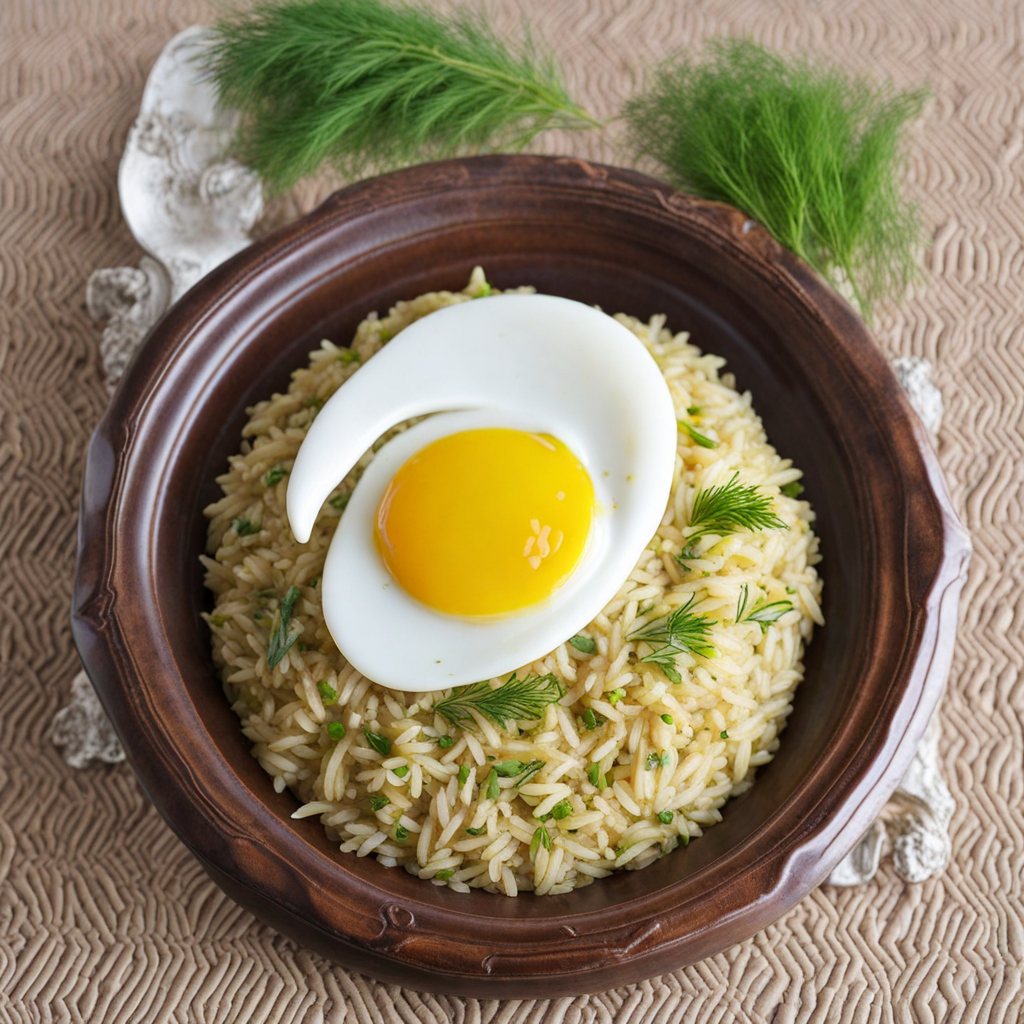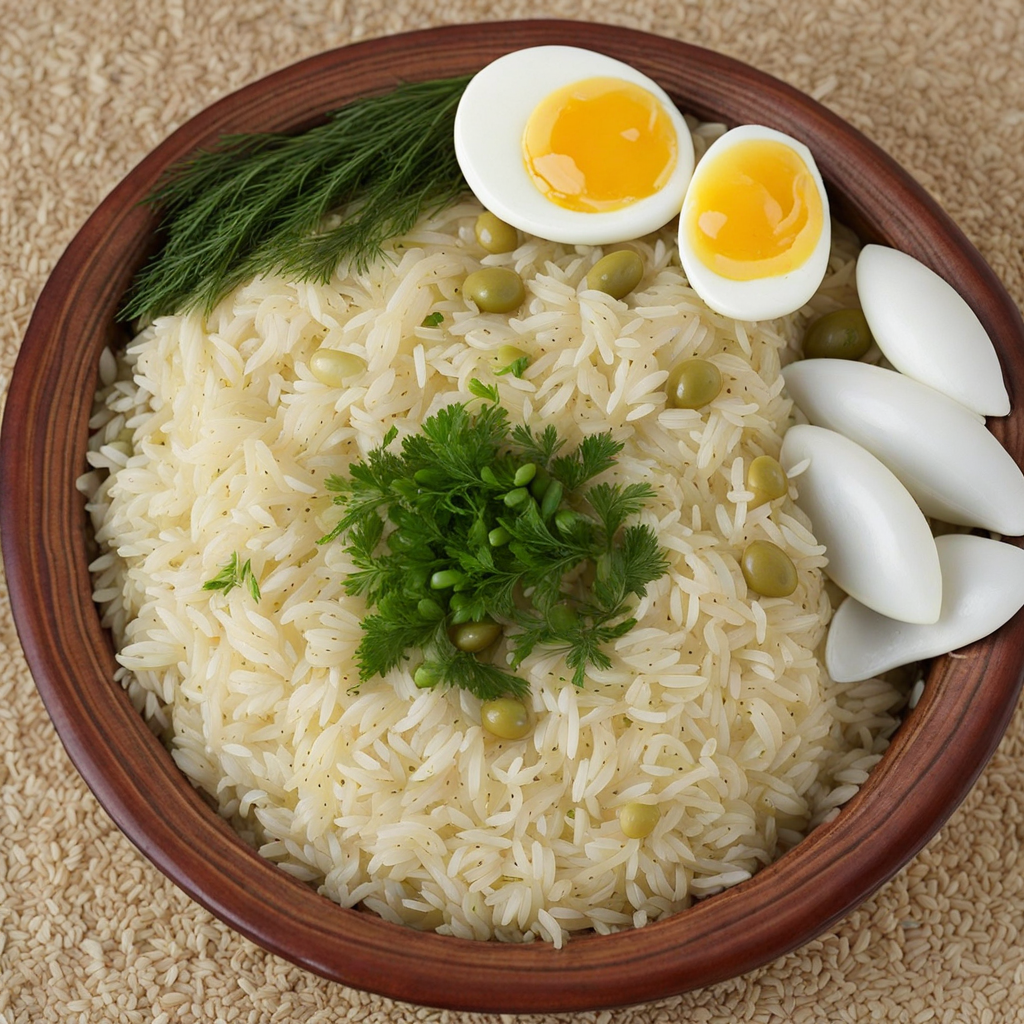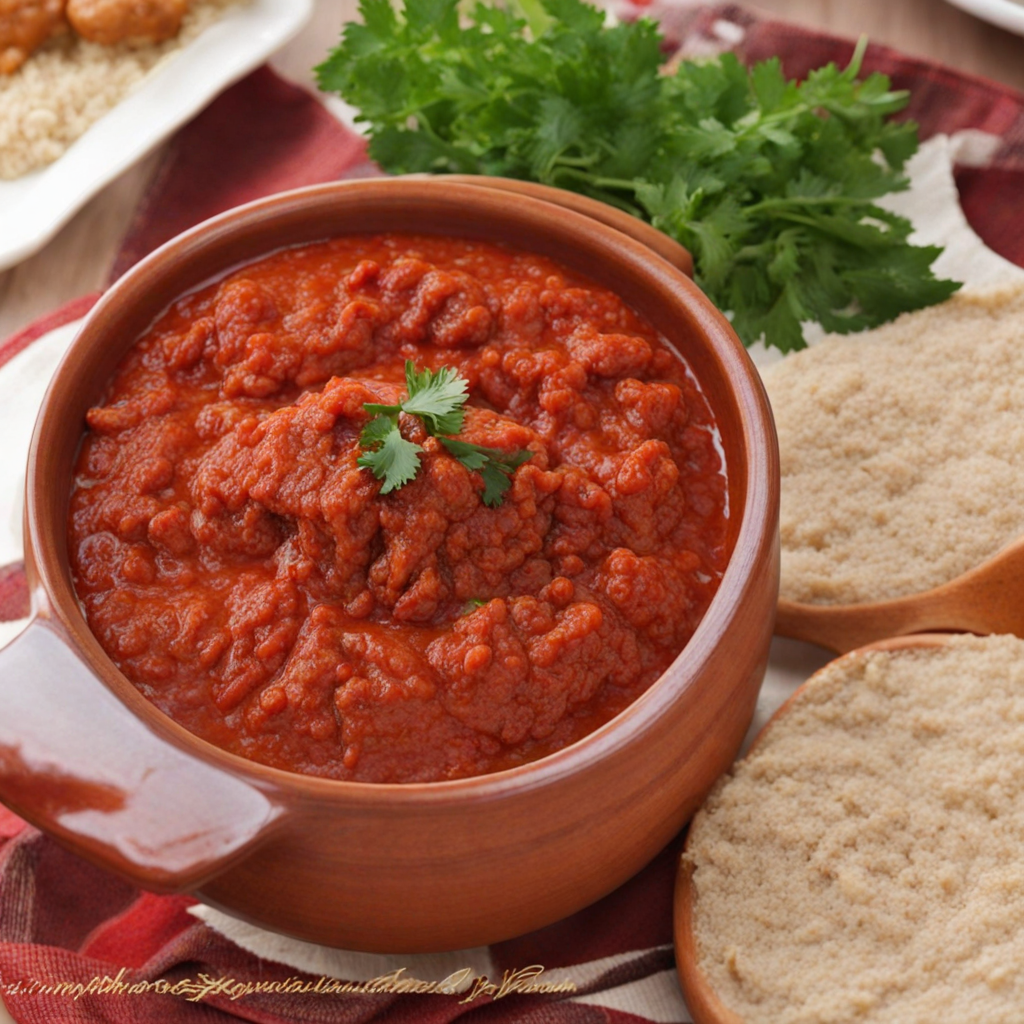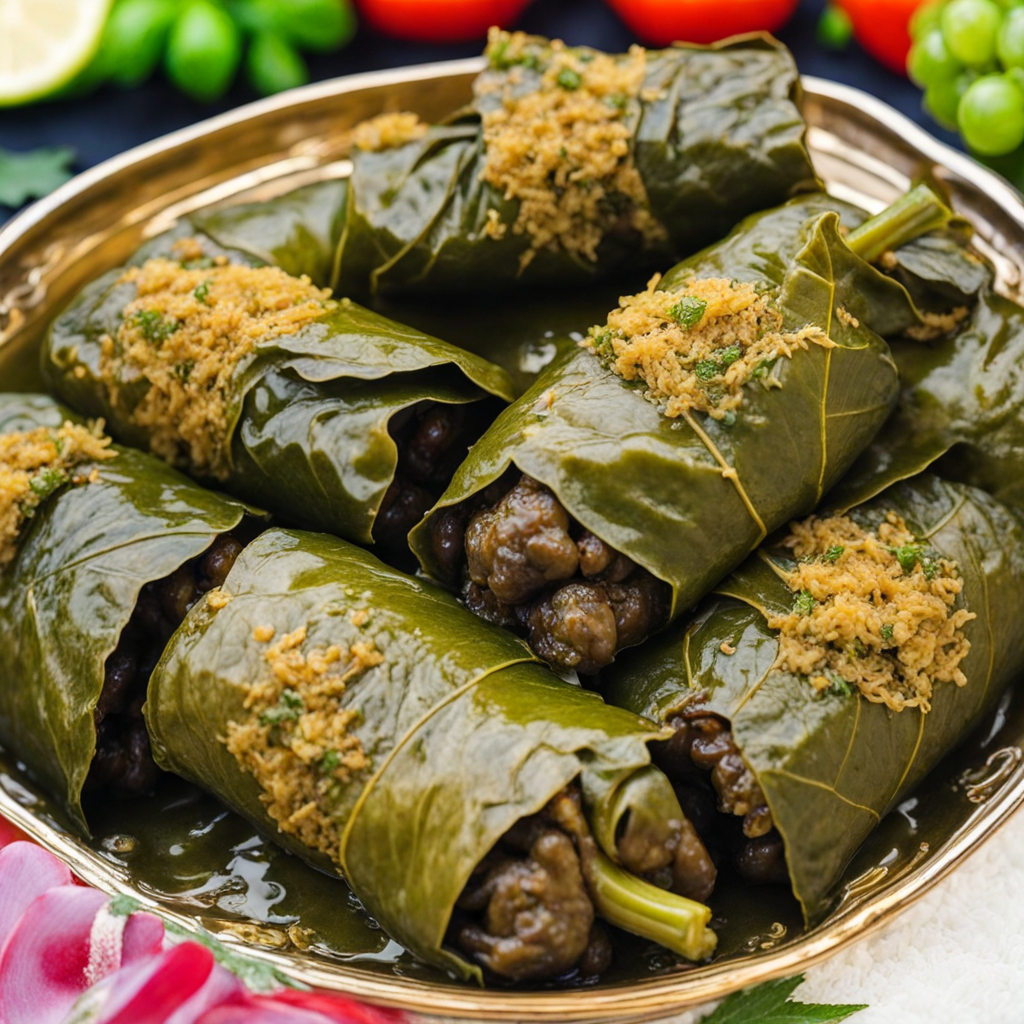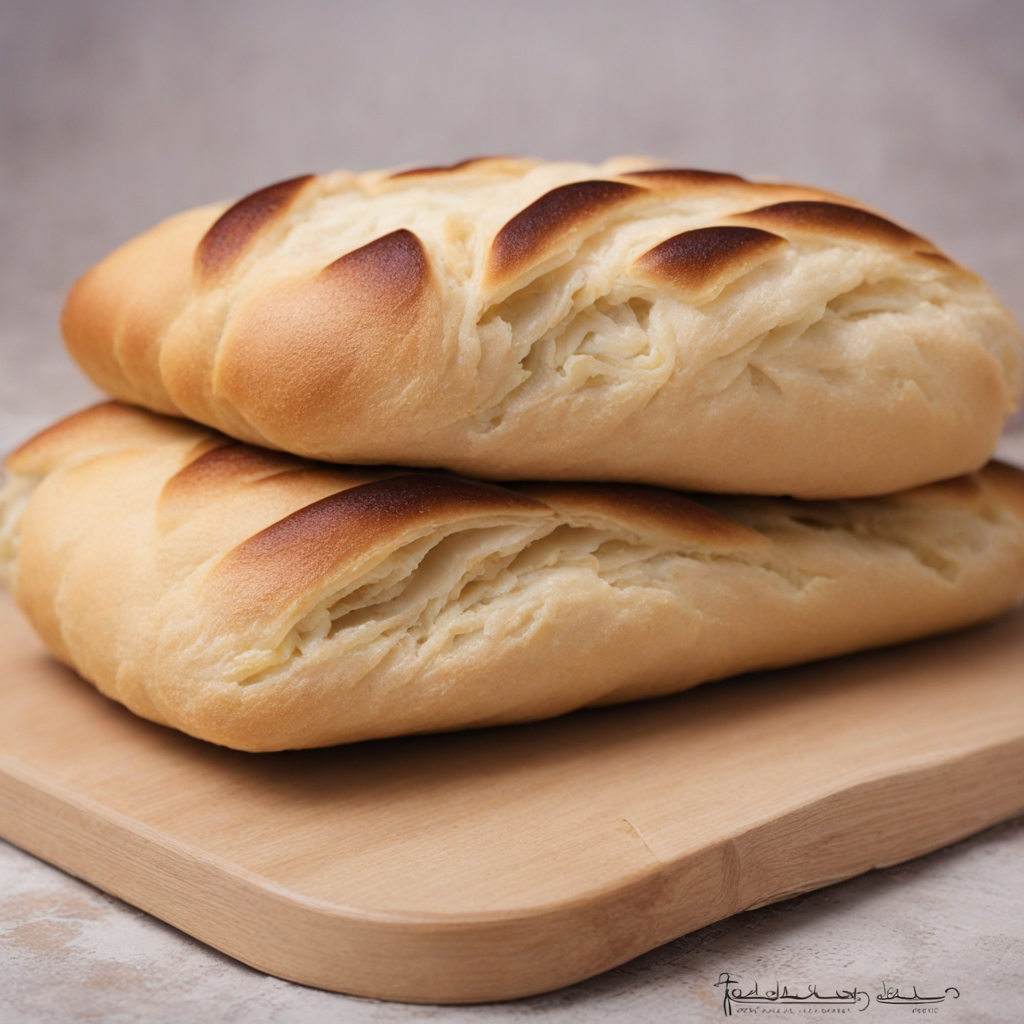Timman Bagilla
Timman Bagilla is a delightful Iraqi dish that highlights the rich flavors of rice and broad beans, creating a unique culinary experience. The dish begins with fragrant basmati rice, known for its fluffy texture and aromatic qualities. It is cooked to perfection, often infused with spices such as turmeric and cumin, which lend a warm, earthy flavor to the rice and enhance its visual appeal with a golden hue. The addition of tender broad beans, sometimes sautéed with onions and garlic, adds a subtle sweetness and a creamy texture, making each bite a harmonious blend of flavors. The preparation of Timman Bagilla is a celebration of simplicity and tradition, often enjoyed as a comforting main course. The dish is typically garnished with fresh herbs like parsley or cilantro, which provide a refreshing contrast to the richness of the rice and beans. It is common to accompany Timman Bagilla with a squeeze of lemon, adding a zesty brightness that elevates the overall taste. The combination of textures—from the fluffy rice to the soft beans—creates a satisfying dish that is both filling and nourishing. Timman Bagilla is often served alongside grilled meats or a side of yogurt, making it a versatile addition to any meal. Its vibrant flavors and wholesome ingredients make it a favorite among families and friends, often enjoyed during gatherings and special occasions. As you explore this Iraqi delicacy, you'll discover a taste that is both familiar and exotic, inviting you to savor the warmth of home-cooked meals and the rich culinary heritage of Iraq.
How It Became This Dish
Origins of تمن باقلاء تمن باقلاء, a traditional Iraqi dish, is a delightful combination of rice and fava beans. Its roots can be traced back to ancient Mesopotamia, where both rice and legumes were staple foods among the early civilizations. The fertile lands between the Tigris and Euphrates rivers fostered agriculture, allowing the cultivation of various grains and beans. Rice was introduced to Iraq from the Indian subcontinent, and its popularity soared over the centuries, particularly during the Abbasid Caliphate, which flourished from the 8th to the 13th centuries. As the Arabian trade routes expanded, the exchange of culinary practices became commonplace. Various spices and cooking techniques were brought into Iraq, enriching the flavors of local dishes. The combination of rice and fava beans in تمن باقلاء exemplifies this culinary fusion, showcasing the blending of local ingredients with influences from neighboring regions. \n\n Cultural Significance In Iraqi culture, تمن باقلاء transcends mere sustenance; it is a symbol of hospitality and community. Traditionally served during family gatherings and festive occasions, it embodies the spirit of sharing and togetherness. The dish is often accompanied by a variety of side dishes, such as pickles, salads, and meats, which enhance the communal dining experience. The preparation of تمن باقلاء is often a communal affair, with family members coming together to cook and celebrate. This aspect of the dish highlights its role in forging familial bonds and nurturing relationships. In many Iraqi households, the recipe for تمن باقلاء is passed down through generations, becoming a cherished family tradition. The act of cooking and sharing this dish is a way of honoring one's heritage and connecting with the past. \n\n Development Over Time Historically, the basic components of تمن باقلاء have evolved, influenced by regional tastes and available ingredients. While the core ingredients—rice and fava beans—remain consistent, variations have emerged based on local preferences and seasonal availability. In some regions, saffron or turmeric is added to the rice, giving it a vibrant yellow hue and enhancing its flavor profile. As Iraq has faced various socio-political challenges, including wars and economic hardship, the dish has adapted to the changing landscape. During times of scarcity, cooks have become resourceful, incorporating other legumes or vegetables to stretch the ingredients. This adaptability has allowed تمن باقلاء to remain a common dish in Iraqi households, regardless of circumstances. \n\n Modern Interpretations In recent years, the globalization of food culture has led to a resurgence of interest in traditional Iraqi cuisine, including تمن باقلاء. Chefs and home cooks alike are reimagining the dish, experimenting with new flavors and presentation styles while still honoring its roots. Modern interpretations may include the addition of spices such as cumin or coriander, or even the incorporation of grilled meats, appealing to contemporary palates. Social media platforms have played a significant role in the revival of traditional dishes like تمن باقلاء. Food bloggers and influencers showcase recipes, cooking techniques, and visually appealing presentations, allowing a wider audience to discover and appreciate this cultural gem. This renewed interest not only preserves the dish's history but also introduces it to a new generation that may not be familiar with its significance. \n\n Regional Variations While the core recipe for تمن باقلاء remains relatively consistent throughout Iraq, regional variations reflect the diverse culinary landscape of the country. In the southern regions, for instance, the dish may be prepared with a richer blend of spices and served alongside grilled meats. In contrast, northern Iraq may emphasize simplicity, focusing on the natural flavors of the rice and fava beans. These regional interpretations offer insight into the local ingredients and culinary customs that shape the preparation of تمن باقلاء. In Kurdish areas, for example, the dish might be accompanied by yogurt or a spicy sauce, providing a delightful contrast to the mild flavors of the rice and beans. Such variations highlight the adaptability of the dish and its ability to reflect the culinary identity of different communities within Iraq. \n\n Global Influence and Diaspora The Iraqi diaspora has played an essential role in disseminating the flavors and traditions associated with تمن باقلاء beyond the borders of Iraq. As Iraqi families settled in various parts of the world, they brought their culinary heritage with them, introducing dishes like تمن باقلاء to new audiences. In cities with significant Iraqi populations, such as London, Detroit, and Sydney, restaurants and food markets now feature this beloved dish, allowing non-Iraqis to experience its unique flavor. The global interest in Middle Eastern cuisine has also contributed to the popularity of تمن باقلاء. As more people seek to explore diverse culinary traditions, Iraqi dishes are increasingly featured in food festivals, cooking classes, and culinary tours. This exposure not only celebrates the rich culinary history of Iraq but also fosters a greater understanding of its culture and people. \n\n Conclusion In conclusion, تمن باقلاء stands as a testament to Iraq's rich culinary heritage, representing the fusion of flavors, cultural significance, and adaptability over time. From its ancient origins to modern interpretations, the dish has evolved while maintaining its core identity. As it continues to capture the hearts and palates of both Iraqis and those around the world, تمن باقلاء serves as a delicious reminder of the shared human experience of food and community.
You may like
Discover local flavors from Iraq


